Practical Advice for Driving and Car Rental in Budapest
Budapest has amazing public transport, but getting a rental car really opens things up. You can check out neighborhoods early in the morning, drive to the beautiful Danube Bend, or just explore the city however you want. Sure, driving around Budapest takes some planning, but having your own car makes the whole trip feel different. We always tell people that renting a car in Budapest is one of the best ways to see the real Hungary beyond just the tourist spots.
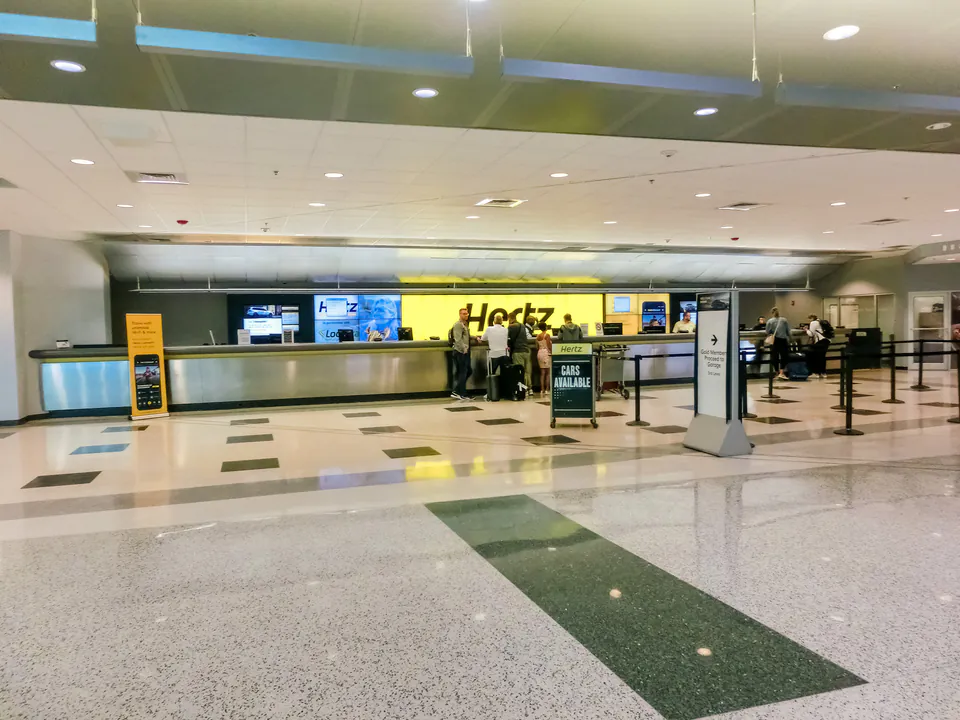
Getting Your Rental Car
Airport Rentals
Budapest Ferenc Liszt International Airport is where most people start. All the big companies are there - Avis, Enterprise, Budget, SIXT, Hertz, and Europcar. You'll find their counters in Terminals 2A and 2B, plus some more options in the Skycourt area.
There are also smaller companies like Schiller Rent a Car, Buchbinder, Alamo, National, and Mega Drive. Some of these aren't right in the terminal but they'll pick you up with a shuttle, which can actually save you money.
We found that airport locations usually have more cars to choose from and better deals because there's so much competition. But you really need to book ahead, especially in summer when everyone wants the same cars.
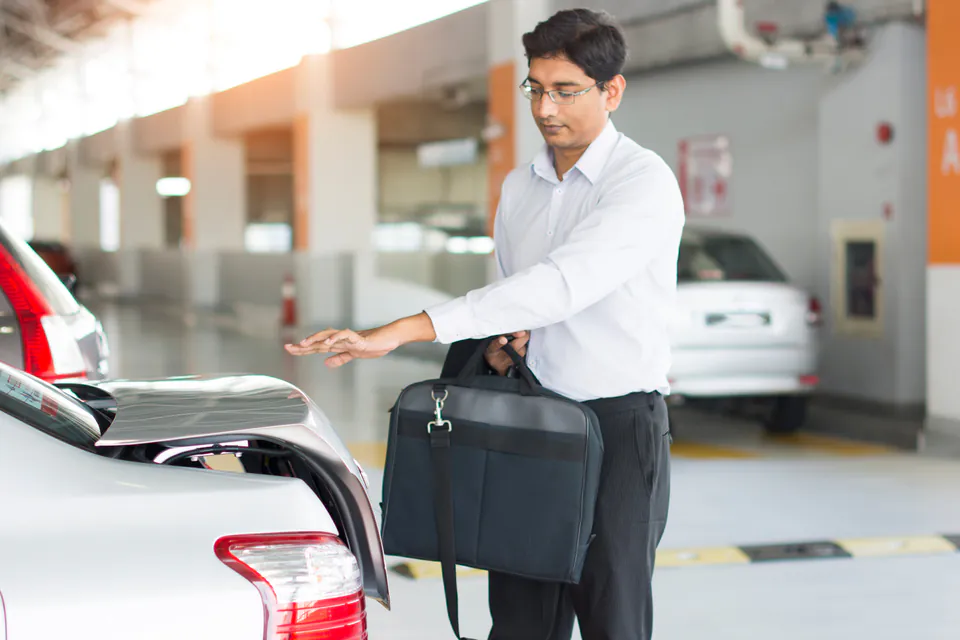
Downtown Locations
If you want to explore Budapest first and get a car later, there are tons of places in the city center. You'll see offices near the Kempinski Hotel Corvinus, Erzsebet Ter, and the Downtown Bank Center.
Local Hungarian companies like Avalon Rent a Car and Group 4 Rent can be really good options. They often have better prices and the staff knows all about driving in Hungary. We once got some great tips from a local rental guy about which roads to avoid during rush hour.
These downtown spots work well if you're staying in the center and want to grab a car for day trips.
Picking Your Car
There are so many different cars available in Budapest. Small cars like the Toyota Aygo and Hyundai i10 are perfect for the narrow streets and tiny parking spots. The Suzuki Swift and Opel Corsa give you a bit more room but still use hardly any gas.

If you're going outside the city or have a family, cars like the Ford Focus and Skoda Kamiq are great. The Peugeot 2008 and Toyota Corolla are really comfortable for longer drives without using too much fuel.
Big groups should look at vans like the Renault Grand Scénic or even bigger ones like the Opel Vivaro and Ford Transit. These are amazing if you're going to Lake Balaton with a bunch of people.
Think about whether you want automatic or manual. Most cars here are manual and they're cheaper, but automatics are available. We learned to book automatic cars way ahead because tourists always want them and they run out fast.
What You Need to Rent
Age and License Rules
Most companies want you to be at least 21, but some like Hertz make you wait until 25. If you're between 21 and 25, you'll pay extra "young driver" fees. It's annoying but not too expensive.
Your regular license from home usually works fine in Hungary, but getting an International Driving Permit is smart. We always recommend it, especially if your license isn't in English letters. Some rental places get picky about foreign licenses, so the IDP just makes everything easier.
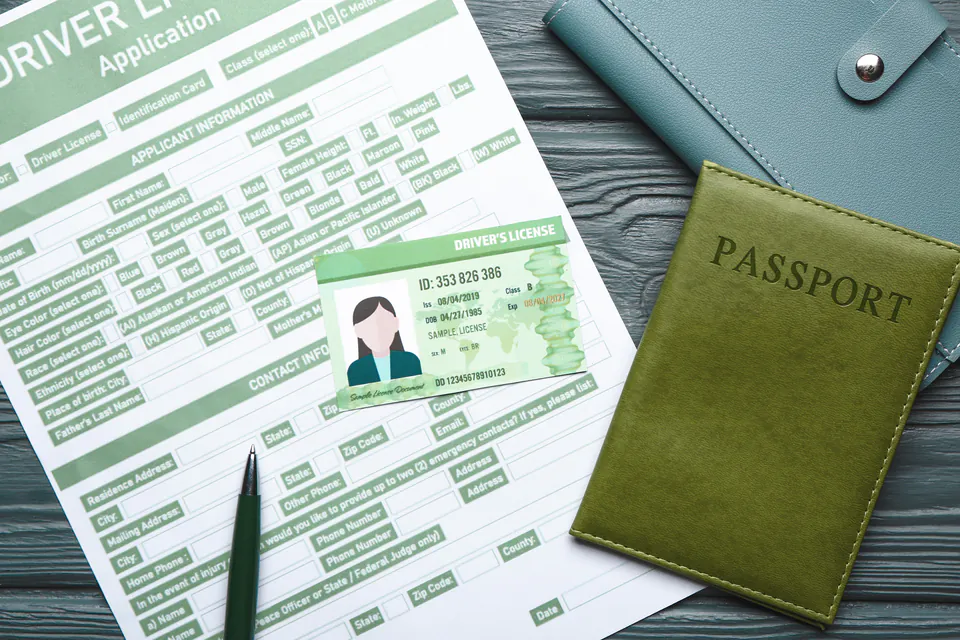
You need to have had your license for at least one year, sometimes two for fancy cars. Makes sense because they want to know you can actually drive.
Payment and ID
You absolutely need a real credit card with your name on it. Not a debit card, not someone else's card. The card has to have enough credit available because they'll put a hold on it for security.
Visa and Mastercard work everywhere. We made the mistake once of trying to use a Maestro card and it didn't work at half the places. For expensive cars, they sometimes want two credit cards or a gold card.
You also need your passport or ID card. The credit card has to be good for at least 60 days after you return the car, just in case something comes up later.
Insurance Stuff
What's Required
Every rental car in Hungary has to have third-party insurance. This covers other people if you hit them. It's included in your rental price, along with the 27% tax that gets added to everything here.
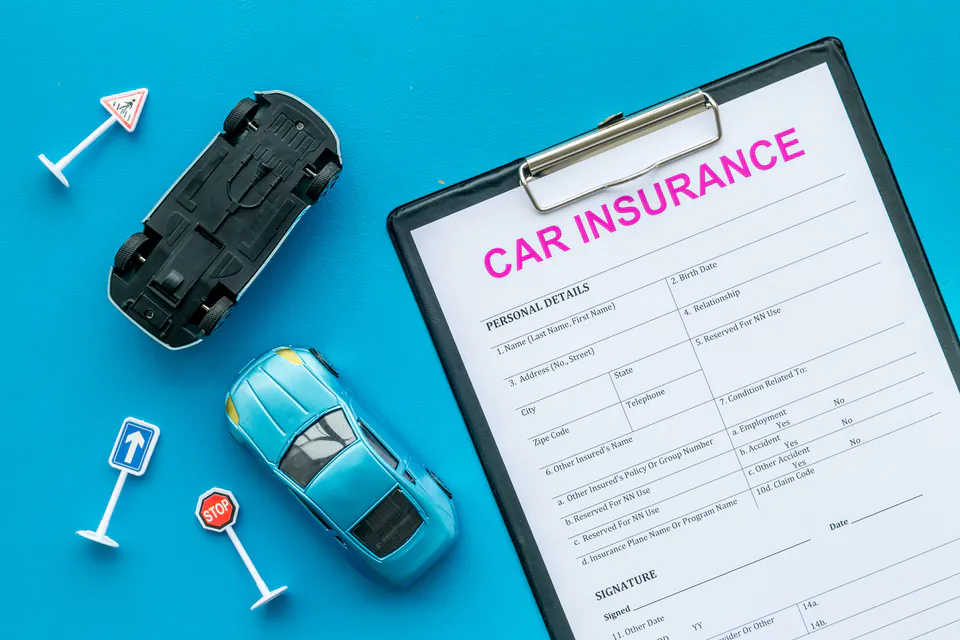
Extra Protection
Collision Damage Waiver is the big one. Without it, you could end up paying for the whole car if something happens. Even with CDW, you'll still have to pay some amount (the excess) if there's damage.
Super CDW gets rid of most or all of that excess. We always get this because it's worth the peace of mind. When we were driving in the hills outside Budapest, we scraped the car on a narrow road and were so glad we had the extra coverage.
There's also theft protection, personal accident insurance, and coverage for your stuff. Check if your regular car insurance or credit card already covers some of this before buying extra.
Hungarian Traffic Rules
Speed Limits
Speed limits here make sense. In cities it's 50 km/h, but downtown areas are often 30 km/h. These slow zones can catch you off guard if you're used to faster city driving.
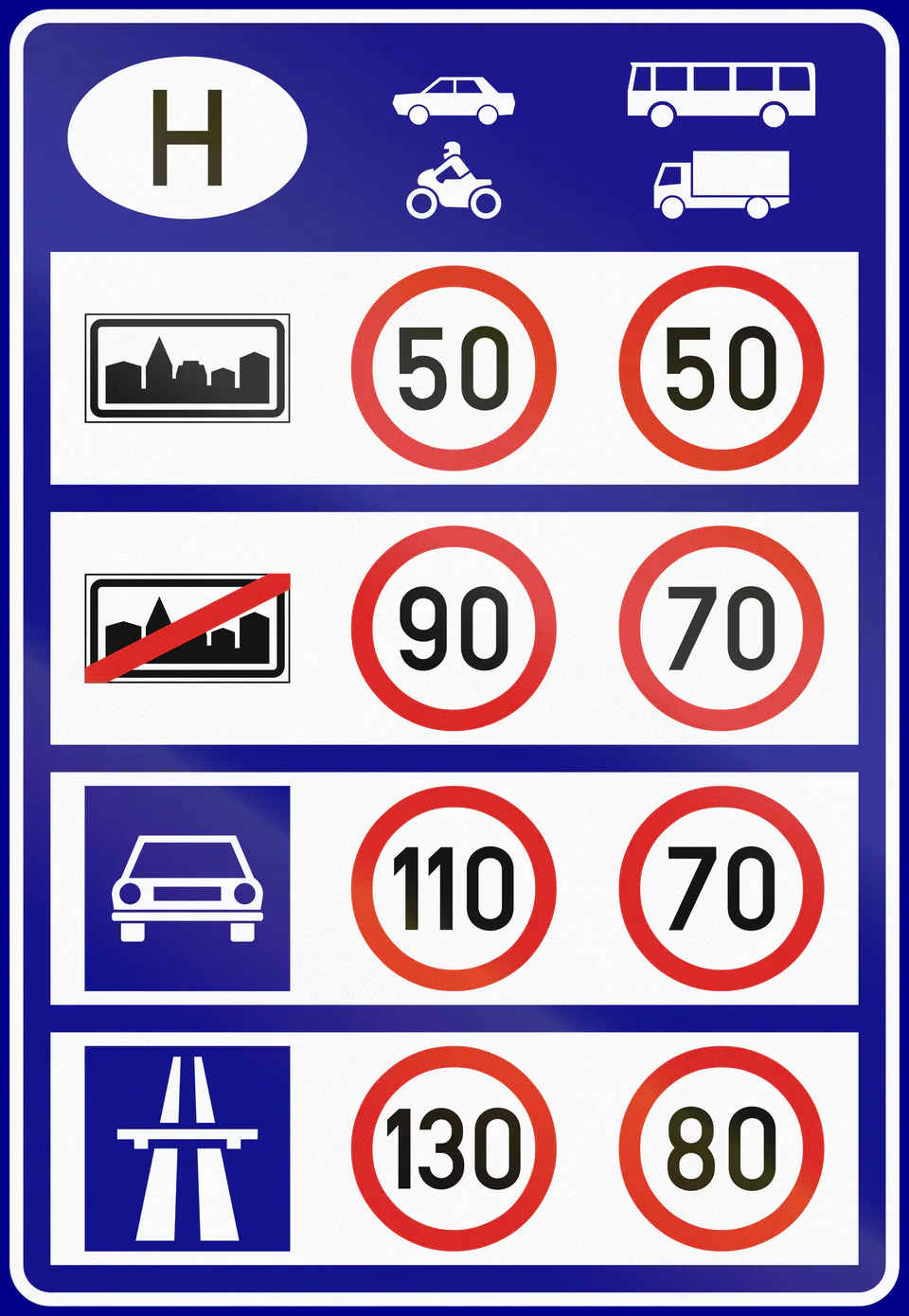
Outside cities it's 90 km/h, sometimes 110 km/h on main roads. Highways are 130 km/h. But always look at the signs because they can change.
Speed cameras are everywhere in Hungary. We got flashed by one near Lake Balaton and had to pay a pretty big fine. The rental company charged our credit card later, which was not fun.
Important Rules
Hungary drives on the right side, you pass on the left. Pretty standard stuff. But there are some things that might surprise you.
The alcohol limit is 0.00%. Zero. None. We can't stress this enough. Even one beer can get you in serious trouble. It's not like other countries where you can have a little bit.
Everyone has to wear seatbelts, and kids under 150cm or 12 years old need car seats in the back. You can't use your phone unless it's hands-free.
Key Hungarian Traffic Rules
| Traffic Rule | Requirement | Important Notes |
|---|---|---|
| Alcohol Limit | 0.00% BAC | Zero tolerance policy strictly enforced |
| Headlights | Dipped beams outside cities | Required even during daylight hours |
| Seatbelts | All occupants | Children need appropriate safety seats |
| Mobile Phones | Hands-free only | Handheld use strictly prohibited |
| Right of Way | Yield to right at intersections | Public transport has priority |
You have to use headlights outside cities, even during the day. This felt weird at first but you get used to it.
Things Tourists Should Know
Always carry your rental papers, insurance docs, and ID. Police can fine you on the spot, and if you can't pay, they might take your car.
For highways, you need an e-vignette. You can buy these online, at gas stations, or border crossings. Don't try to drive on the M highways without one because the fines are huge.
Budapest Parking
The Zone System
Budapest has four parking zones - A, B, C, and D. Each one has different rules and prices. It's actually pretty smart once you figure it out.
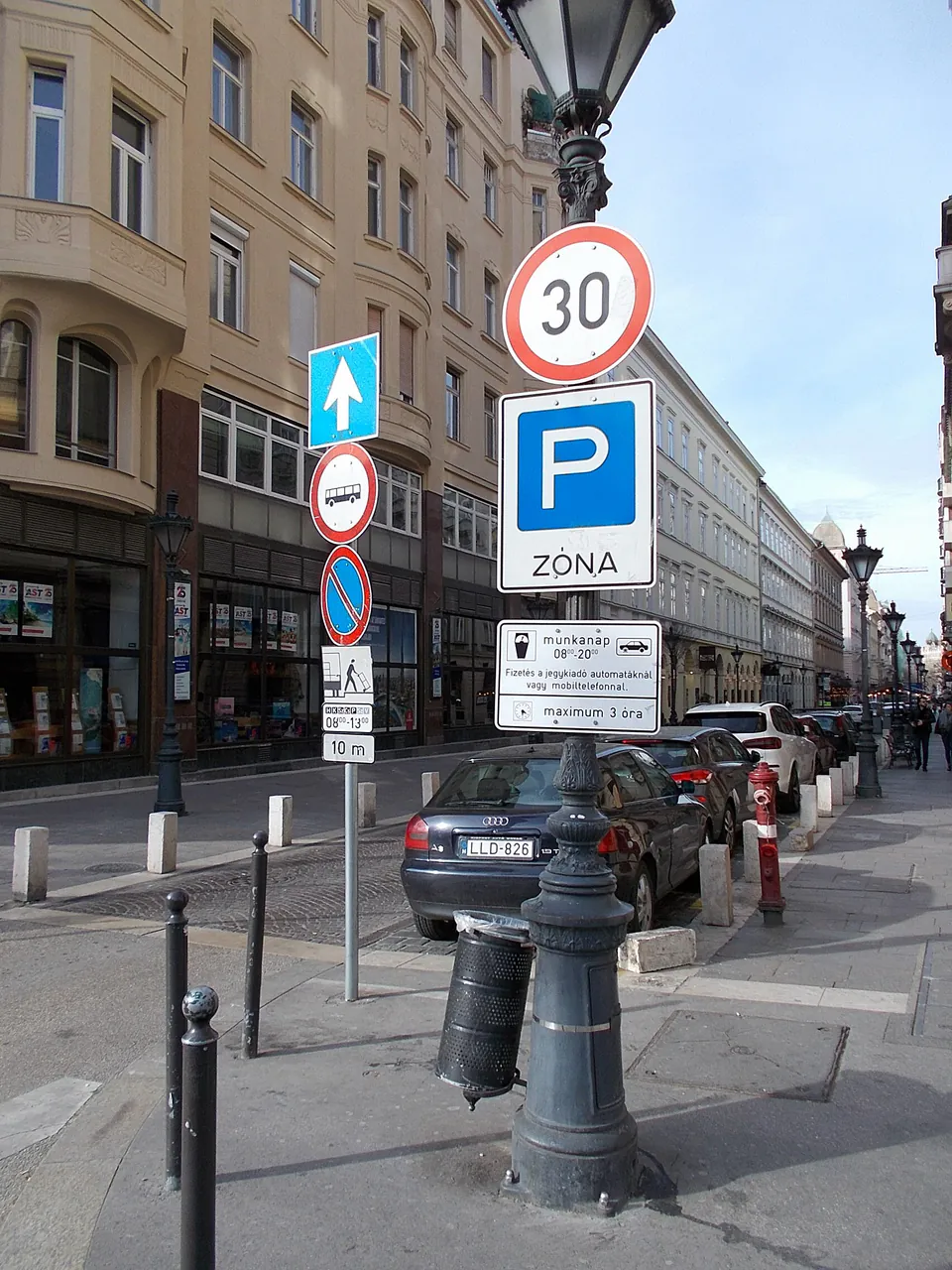
Zone A is the most expensive at 600 HUF per hour and runs from 8:00 AM to 10:00 PM on weekdays. You can only stay 3 hours max. Zone B is 450 HUF and runs 8:00 AM to 8:00 PM, also 3 hours max.
Zones C and D are cheaper and have shorter hours. Zone D is only 200 HUF per hour and you can stay as long as you want.
Weekends are free everywhere except Buda Castle and Margaret Island. We learned this the hard way when we got a ticket at the castle on a Saturday.
How to Pay
There are different ways to pay for parking. Old-style meters take Hungarian coins and sometimes Euros. You get a ticket to put on your dashboard.
Apps are much easier though. There are several like Nemzeti Mobilfizetési, Simple, Parking Hungary, EvoPay, and FoxPay. Most work in English and take international cards.

SMS payment exists but it's mostly for Hungarian phone numbers. We always recommend downloading one of the apps before you arrive.
Rules and Other Options
In the central zones, you can't extend your 3 hours by buying another ticket in the same spot. You have to move to a different zone or come back later.
If you get a ticket, pay it quickly. They can clamp your wheels or tow your car for serious violations.
There are Park and Ride lots at places like Etele tér, Hűvösvölgy, and Örs vezér tér. Free parking plus good public transport connections. Underground garages work for longer stays, but check the height limits if you have a big car.
Getting Around Budapest
Road Conditions
Hungarian highways and Budapest's main roads are really good. They've spent a lot of money on infrastructure over the years.
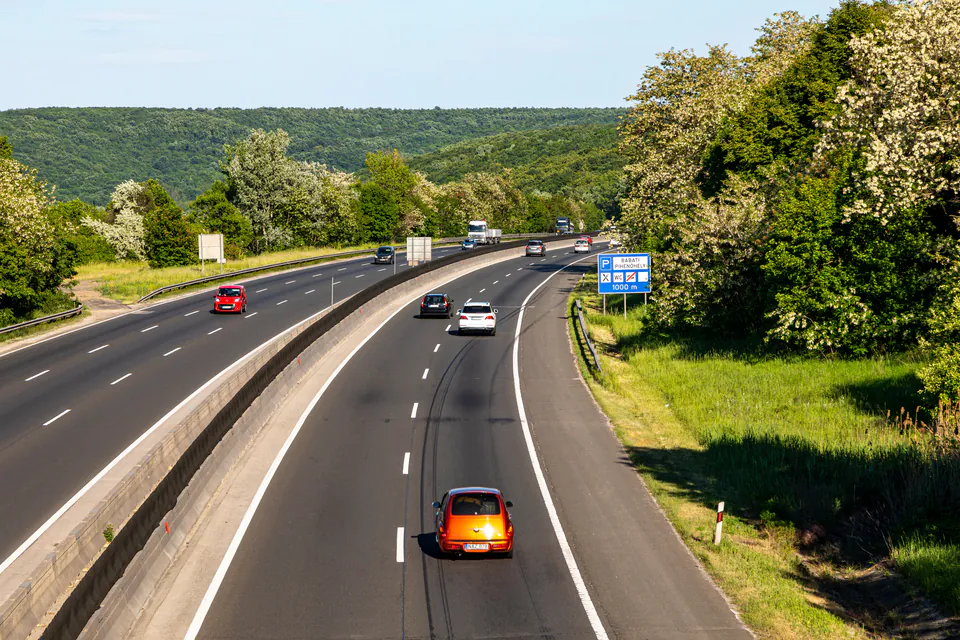
There's always construction somewhere though, and the signs don't always warn you ahead of time. Outside Budapest, roads can be narrower and darker at night. You might run into tractors and farm animals in rural areas.
Railway crossings don't always have great warning signals, so be careful when you see train tracks.
Traffic and Rush Hour
Rush hour in Budapest is pretty predictable. Morning traffic is bad from 7:00 AM to 9:00 AM, afternoon from 3:00 PM to 6:00 PM. Friday afternoons start getting busy around 1:00 PM.
The M0 ring road was supposed to help with traffic but it gets jammed during rush hour too. City center roads around the bridges and main squares are always slow.
We noticed that Tuesday mornings and Thursday afternoons are the absolute worst. Try to avoid driving during these times if you can.
Things to Watch Out For
There's always construction happening somewhere in Budapest. Pedestrians and cyclists don't always follow the rules, especially in tourist areas.

Trams and buses always have the right of way. These things are huge and can't stop quickly, so just get out of their way.
Roads can be uneven and have potholes. Some drivers are pretty aggressive, but most people drive normally.
During high pollution days, they might restrict older cars, but rental cars are usually new enough that this won't affect you.
Driving Tips
Roundabouts
Budapest has lots of roundabouts and they can be tricky at first. Slow down when you approach, give way to cars already in the circle from your left. Traffic goes counterclockwise.
Use your turn signal when you exit. If you miss your exit, just go around again. Don't stop or try to back up.
Multi-lane roundabouts need extra attention. Look at the lane markings to figure out which lane to use. Watch out for pedestrian crossings around the roundabouts too.
GPS and Navigation
GPS is really helpful in Budapest because the streets can be confusing. But older GPS units might have wrong information and send you down pedestrian streets or the wrong way on one-way roads.
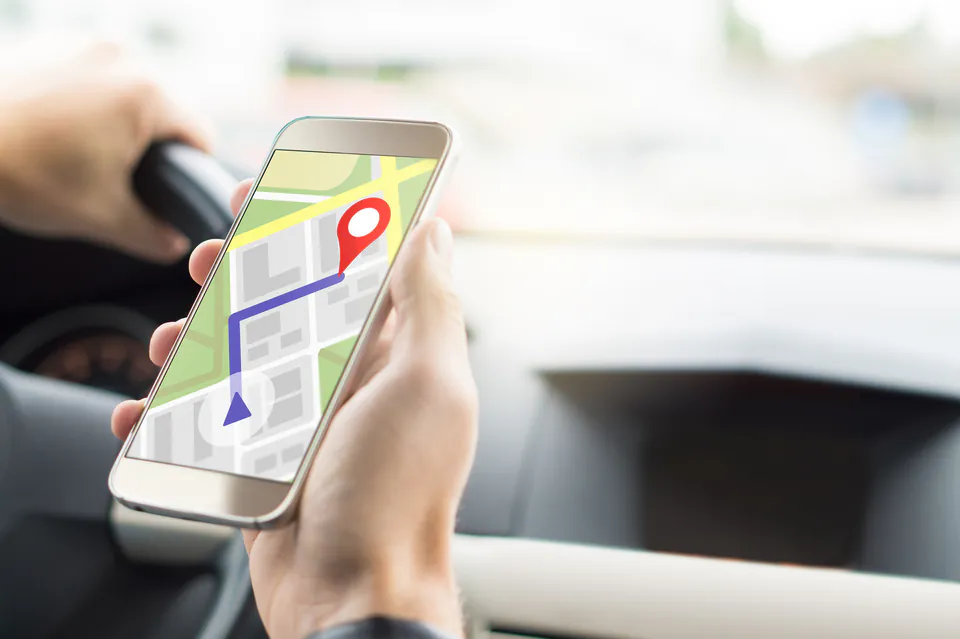
Phone apps with current maps are usually better. They can find gas stations and restaurants too. But don't follow GPS blindly, especially in the old parts of the city where cars might not be allowed.
One-way streets are everywhere in central Budapest, but good GPS usually handles this correctly.
Local Driving Habits
Hungarian drivers are pretty normal, but there are some local things to know. If someone flashes their hazard lights quickly, it means "thank you." Flashing headlights usually means "go ahead."
On country roads, people pass on two-way roads more than in some other countries. Just be patient and let them go. Tractors and slow vehicles are common outside cities.
Drivers usually stop for pedestrians at crosswalks. Learning these little customs helps you fit in better.